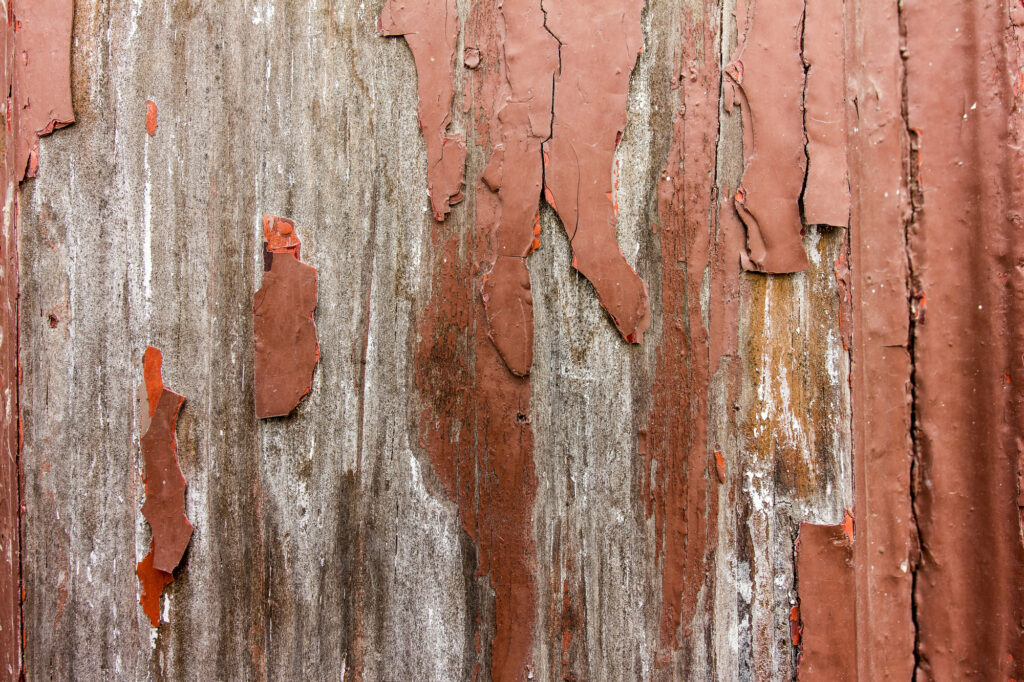4 Critical Signs It’s Time to Replace Your Home’s Siding
Your home’s siding does more than create curb appeal—it’s your first line of defense against weather, moisture, and energy loss. When siding fails, it can cost you thousands in energy bills and structural damage. But how do you know when it’s time to invest in replacement rather than repairs?
Smart homeowners recognize the warning signs early. Catching siding problems before they escalate saves money and protects your most valuable investment. Let’s examine the four critical indicators that your siding needs immediate attention.
Visible Damage: Cracks, Holes, and Warping
Can you spot cracks, holes, or warped sections on your siding? These aren’t just cosmetic issues—they’re structural red flags that demand immediate action.
Cracks allow moisture to penetrate behind your siding, creating perfect conditions for rot and mold growth. Even small gaps can lead to significant water damage over time. Holes, whether from impact damage or pest activity, compromise your home’s protective barrier.
Warping indicates your siding is failing to expand and contract properly with temperature changes. This buckling effect creates gaps that expose your home’s interior structure to the elements. Once warping begins, it typically spreads throughout the affected area.
What you should do: Walk around your home monthly and inspect your siding closely. Document any damage with photos and measure its progression over time. If you find multiple damaged sections or large affected areas, replacement often costs less than extensive repairs.
Skyrocketing Energy Bills
Have your heating and cooling costs increased dramatically without changes to your usage habits? Your siding might be the culprit.
Damaged or deteriorating siding creates air leaks that force your HVAC system to work overtime. When your home’s thermal envelope is compromised, conditioned air escapes while outside air infiltrates your living space. This inefficiency shows up directly on your utility bills.
Quality siding with proper insulation can reduce energy costs by up to 20%. If you’re spending significantly more on utilities than neighbors with similar homes, your siding’s insulation properties may have degraded beyond repair.
What you should do: Compare your energy bills from the same months over the past three years. A consistent upward trend, especially during peak heating and cooling seasons, signals potential siding failure. Consider an energy audit to identify specific problem areas.
Rot, Mold, or Moisture Problems
Are you discovering soft spots, dark stains, or musty odors around your siding? These symptoms indicate moisture infiltration that threatens your home’s structural integrity.
Rot begins when moisture consistently contacts wood siding or the sheathing behind any siding material. You can test for rot by gently pressing a screwdriver into suspected areas—if it sinks in easily, rot has compromised the material’s strength.
Mold and mildew appear as dark, fuzzy growths on siding surfaces. Beyond being unsightly, these organisms can spread to your home’s interior and create serious health hazards. Mold thrives in the moist environment created by failing siding.
What you should do: Inspect areas where you’ve noticed water stains, peeling paint, or unusual odors. Pay special attention to corners, joints, and areas around windows and doors. If rot or mold covers more than 10% of your siding area, replacement typically provides better long-term value than spot treatments.
Click Here to Learn More About our Affordable Siding Services
Severe Fading or Peeling Paint 
Does your siding look significantly faded or weathered compared to protected areas? While some color change is normal, excessive fading signals material degradation that goes beyond aesthetics.
Quality siding maintains its color and finish for 10-15 years under normal conditions. When UV rays, moisture, and temperature fluctuations cause rapid deterioration, the protective properties of your siding deteriorate along with its appearance.
Peeling paint often indicates moisture problems beneath the surface. Paint failure accelerates siding degradation by exposing raw materials to weather elements. Once this cycle begins, it typically requires complete siding replacement to break.
What you should do: Compare your siding’s current condition to photos from when it was new or recently painted. Significant color loss or widespread paint failure across multiple sides of your home suggests the material has reached the end of its useful life.
Take Action Before Problems Escalate
Recognizing these warning signs early protects your home’s value and your family’s comfort. Damaged siding that’s left unaddressed leads to costly structural repairs, higher energy bills, and potential health hazards from mold and moisture.
Don’t wait until damage becomes severe. Schedule a professional siding inspection if you’ve identified any of these critical warning signs. Modern siding options offer superior protection, energy efficiency, and aesthetics that can transform your home while providing decades of reliable performance.
Your home deserves the best protection available. Make the smart investment in quality siding replacement before minor problems become major expenses.

